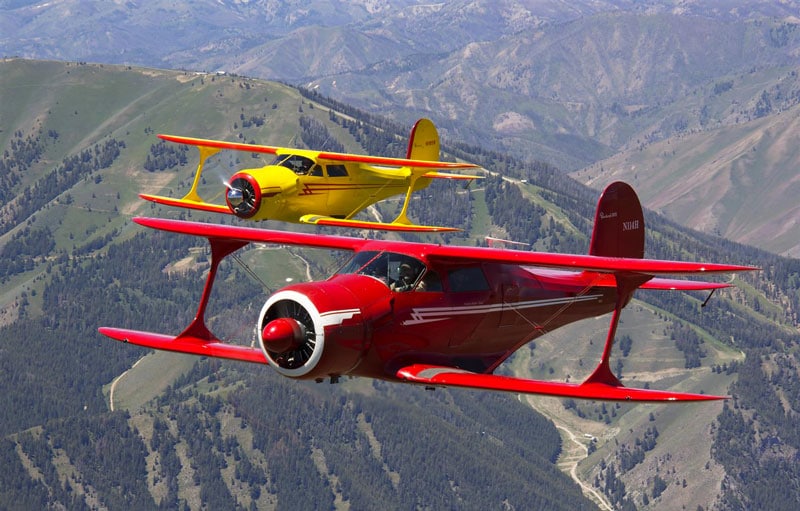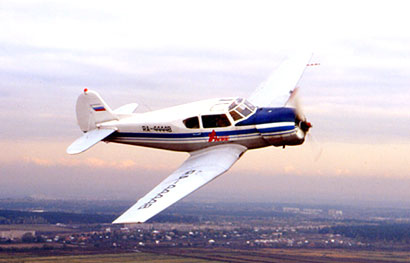I had a great time in the Cub today, (that was a public service announcement

).
When I got back I ran head-on into Denverpilot's #2 point in his post. One of the 4 or 5 young (under 30) pilots\student pilots sitting in the office asked me what I was out doing in the Cub.
I mentioned that I was doing slow flight (extreme, on the other side of the power curve), steep turns, stalls and spins.
The room went silent.
One guy asked "Is that even allowed?"
A second popped in with "Absolutely not. The FAA doesn't allow spins anymore. It's even worse because that's a 77 year old antique airplane. Totally unsafe. Are you suicidal?"
When I finally recovered, first from shock, then laughing so hard I almost stopped breathing, I explained that I practice spins in everything I fly unless expressly prohibited by the POH.
The discussing devolved dramatically after that. I eventually went behind the counter and grabbed an AIM/FAR and handed it to Mr. Safety For All and asked him to show me where it's forbidden. I even explained that when I got my ticket back in the mid-1960's spins were a required maneuver for a PPL. They didn't believe me, of course.
Finally, another old timer came in and sided with me.
I'm not sure they were completely convinced, and seriously, I don't think any of them had any interest in pursuing spin training. They all want to be bus drivers when they grow up.



